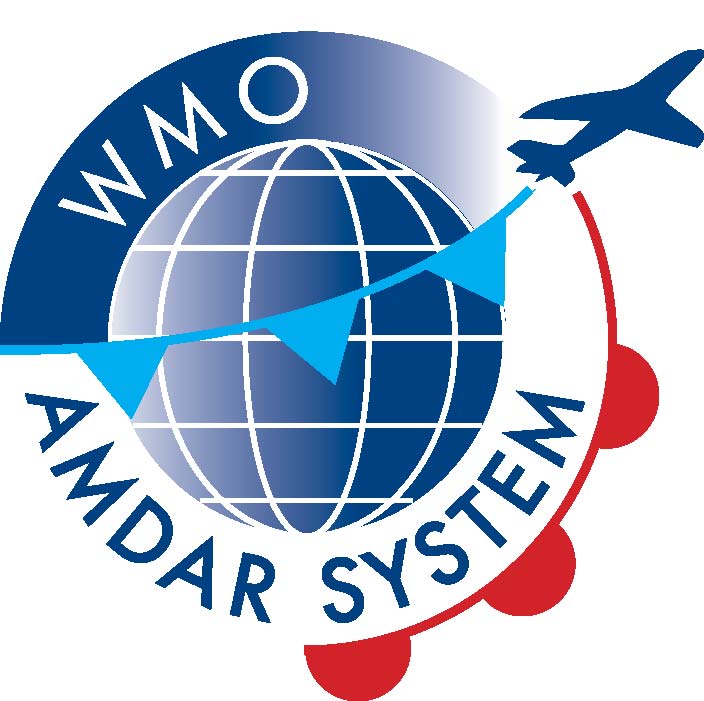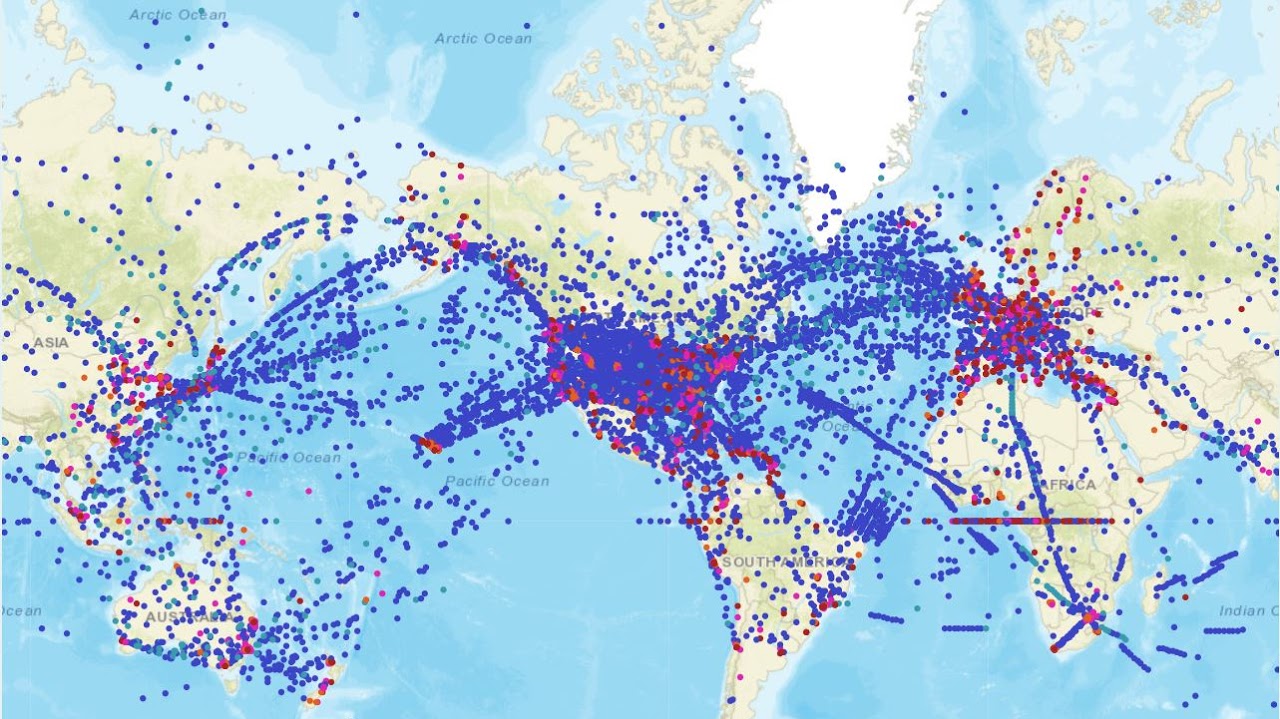What is AMDAR
How AMDAR Works & How AMDAR Data is Used |
||

|
Key Links |
|
|
The global Aircraft Meteorological Data Relay (AMDAR) observing system was initiated by WMO and its Members more than thirty years ago, in cooperation with aviation partners. The objective of the AMDAR program is to automatically derive and transmit meteorological data from the aircraft platform to support improved weather forecasts and applications for aviation and the wider community. The global AMDAR observing system is comprised of the operational AMDAR observing systems maintained by National & Regional AMDAR Programmes in collaboration with their partner airlines. A summary of the benefits of AMDAR to meteorology, aviation and the wider community are available here. The link at right provides detailed information on the benefits of AMDAR data. The AMDAR observing system is a sub-system of the WMO Integrated Global Observing System and Global Observing System, which is defined and maintained under the WMO World Weather Watch Programme. |
||
How AMDAR Works |
||
 |
||
|
The AMDAR system utilizes predominantly existing aircraft onboard sensors, computers and communications systems to collect, process, format and transmit meteorological data - including air temperature, wind, turbulence and other required information - to ground stations via satellite or radio links. Once on the ground, the data is relayed to meteorological services, where it is processed, quality controlled and transmitted on the WMO Information System (WIS) from where it can be accessed and used by all WMO Members. More detailed information on how the AMDAR system works is available from the WMO Community Platform AMDAR site. |
||
Data Use |
||
|
The data collected are used for a range of meteorological applications, including, meteorological Numerical Weather Prediction (NWP), public weather forecasting, climate monitoring and prediction, early warning systems for weather hazards and, importantly, weather monitoring and prediction in support of the aviation industry. More detailed information on aircraft-based observational data, how it is used, and its benefits and impacts is available from WMO Community Platform site. |
||

Indicative AMDAR data coverage map, 16 July, 2019. |
||
